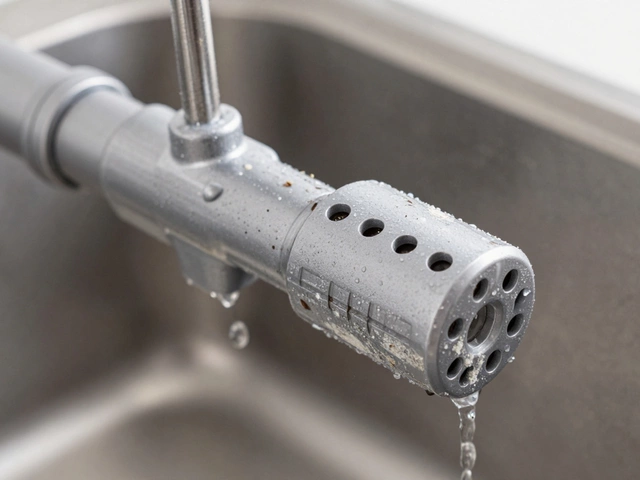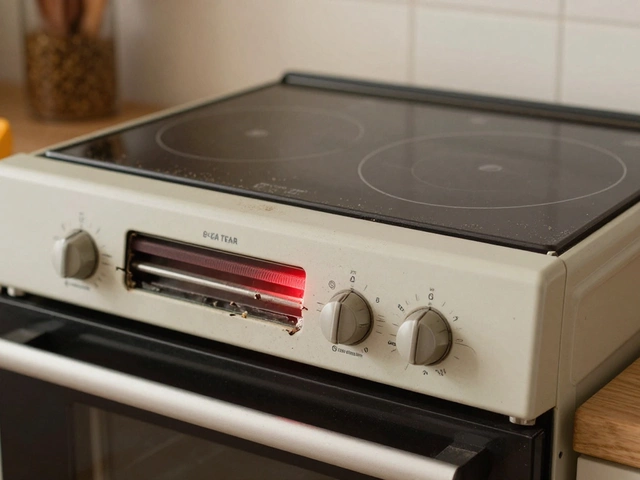Expensive Part
When dealing with expensive part, a component whose price can dominate the total repair bill. Also known as a high‑cost component, it often decides whether you repair or replace an appliance. This concept sits at the heart of appliance repair, the service of fixing broken home devices and is a key factor in evaluating appliance parts, the individual pieces that make up a machine. In any home appliance, a device designed for daily household tasks, identifying the expensive part early can save time, money, and hassle.
Why Costs Matter
Imagine your washing machine stops spinning because the motor – an expensive part – fails. Replacing the motor might cost half the price of a new machine, pushing you toward a replacement decision. Conversely, a cheap thermostat in an oven can be swapped for a few pounds, extending the oven’s life. These scenarios illustrate the semantic triple: expensive part influences repair cost. They also show that appliance repair requires identifying expensive parts, and that home appliances contain expensive parts that dictate maintenance strategy. Understanding which components fall into the high‑cost bucket helps you ask the right questions when a tech arrives.
Cost isn’t the only driver. Safety plays a huge role. A faulty heating element in a dryer isn’t just pricey; it can become a fire hazard. When an expensive part also poses a risk, the decision leans toward replacement even if the price gap is narrow. This link between safety and cost highlights another triple: expensive part affects safety considerations. Service technicians often run diagnostics to pinpoint the exact piece, then weigh the price against potential danger and energy efficiency.
Energy efficiency is another angle. An old refrigerator with a failing compressor – a notoriously expensive component – will consume more power, inflating your bills. Swapping in a new, energy‑star compressor can reduce electricity use dramatically, offsetting the upfront expense over time. Here, the relationship is clear: expensive part impacts long‑term operating costs. Homeowners who think only about the immediate repair bill may miss out on these hidden savings.
Availability of parts also shapes outcomes. Some high‑cost components are sourced from overseas and have long lead times. If a part won’t arrive for weeks, you might choose a temporary fix or even a different appliance. This creates the triple: expensive part determines repair timeline. Knowing the supply chain status before committing to a repair can prevent unexpected delays.
Warranty status is a practical factor. If your dishwasher is still under warranty, the expensive part may be covered, turning a costly repair into a no‑charge service. Once the warranty expires, the same part becomes a major expense, often prompting a replacement. This scenario underscores the triple: expensive part relevance changes with warranty coverage. Always check the warranty terms when a pricey component fails.
Finally, DIY versus professional service matters. Some expensive parts, like a sealed motor, demand specialist tools and certifications. Attempting a DIY fix can void warranties or cause injury. For other parts, such as a simple heating element, a confident homeowner can save money by swapping it themselves. The decision hinges on the triple: expensive part dictates required expertise. Assess your skill level and the part’s complexity before you roll up your sleeves.
All these angles – cost, safety, efficiency, availability, warranty, and expertise – converge on one point: recognizing the expensive part early gives you leverage. Below you’ll find a curated list of articles that break down specific appliances, common costly components, and clear guidelines to help you decide whether to repair or replace. Armed with this knowledge, you’ll be ready to make a smarter, cost‑effective choice for any home appliance issue.
Ever wondered what part of a laptop can drain your wallet during repairs? This article breaks down the true cost drivers inside your computer and explains why some fixes are steeper than others. We’ll look at real examples of pricy repairs and talk about what makes certain parts so costly. You’ll also pick up practical tips to avoid these big-ticket problems. Read on if you want to keep your laptop running—and your expenses in check.


